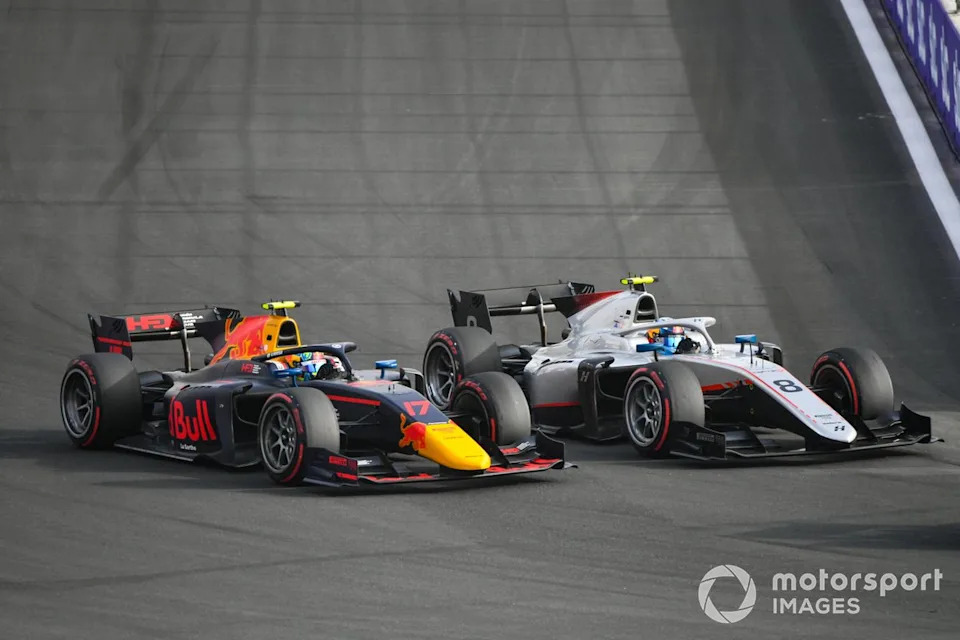SPORTS INFO DASH
Sports Info Dash is your all-in-one hub for real-time sports updates, live scores, in-depth match stats, player profiles, and breaking news across football, basketball, tennis, and more. Stay ahead with the latest in global sports action.
DRS F1: Understanding the Drag Reduction System and Its Impact on Formula 1
Sports Info Dash

The world of Formula 1 is filled with innovation, but few features have generated as much discussion as the Drag Reduction System (DRS). If you’ve watched an F1 race in the past decade, you’ve likely heard commentators mention "DRS zones" or debates about whether DRS makes overtaking too easy. Let’s explore how DRS F1 works, its history, and why it continues to play a major role in modern Formula 1 racing.
What Is DRS F1 And How Does It Work?
DRS, short for Drag Reduction System, is an adjustable aerodynamic feature used in F1 cars to make overtaking easier. Introduced in 2011, DRS allows drivers to open a flap in their rear wing, decreasing drag and increasing straight-line speed. However, its use is strictly regulated:
- Activation Zones: DRS can only be used in designated sections of the track, known as DRS zones.
- One-Second Rule: During a race, a driver can only activate DRS if they are within one second of the car in front at a designated detection point.
- Manual Activation: Drivers activate DRS by pressing a button on the steering wheel when eligible.
- Automatic Deactivation: The system closes when the driver brakes, lifts off the throttle, or presses the DRS button again.
This technology provides a speed boost that can be crucial for overtaking, especially on high-speed straights. For more technical details on DRS F1, view the comprehensive explainer on Yahoo Sports.
Why Was DRS Introduced?
Before DRS, overtaking in F1 became increasingly difficult as advanced aerodynamics made it hard for cars to follow each other closely. The so-called "dirty air" from the car in front reduced downforce and caused excessive tire wear for the following driver. DRS was introduced to help drivers close the gap and increase on-track action.
While DRS F1 has helped boost overtaking, it has not been without controversy. Some critics argue that it provides an artificial advantage—almost like pressing an "overtake button." However, with modern F1 cars designed to allow closer racing, DRS still plays a crucial role in producing the thrilling battles fans love.
DRS F1 In Recent Races
The 2025 Miami Grand Prix showcased just how vital DRS can be in deciding race outcomes. Drivers such as Lewis Hamilton and Charles Leclerc fought fiercely, with DRS usage and team strategies playing significant roles. In fact, moments of team tension and strategy at Ferrari were connected to whether a driver’s pace advantage was genuine or merely a result of using DRS. For a deeper look into the Miami GP drama and Hamilton’s perspective, check out this insightful BBC Sport analysis.
Similar discussions about Ferrari, Hamilton, and DRS strategy also appeared in the ESPN race review, which covers the interplay between driver ambition and team decision-making—especially when DRS is in play.
How Many DRS Zones Are There?
The number of DRS zones varies by circuit. Most modern F1 tracks have two or three DRS zones, usually placed on the longest straights to maximize overtaking potential. The specific placement and length are carefully set by the FIA for each race to balance safety and competition.
Some tracks, like Baku or Melbourne, have experimented with four DRS zones. However, for safety reasons, zones can be adjusted or even removed if they’re deemed risky—especially on fast curves or where incidents have occurred in the past.
DRS Limitations and Safety
While DRS helps spice up the action, it comes with important limitations. It cannot be used during the opening laps, after restarts, or in unsafe conditions like heavy rain. If a DRS mechanism fails or gets stuck open, drivers must pit immediately to fix the issue. Safety always comes first.
DRS Outside Formula 1
Did you know that DRS F1 isn’t the only racing series where drag reduction is used? Formula 2 and Formula 3, key feeder series for future F1 stars, also use DRS in a similar way. Other racing series have adopted alternative overtaking aids, like IndyCar's push-to-pass systems or Formula E’s Attack Mode, each designed to encourage overtaking while keeping races competitive.
Conclusion: The Future of DRS in Formula 1
The Drag Reduction System has been a game-changer for Formula 1, helping to make races more exciting and overtaking more achievable. As F1 evolves—with rule changes aiming for even closer racing—there is ongoing debate about whether DRS will remain part of the sport. For now, DRS F1 continues to be an integral tool in racecraft, strategy, and the spectacle that keeps fans coming back for more.
Stay tuned for further technological developments in F1, as the balance between natural racing and smart innovation continues to shape the fastest sport on four wheels.